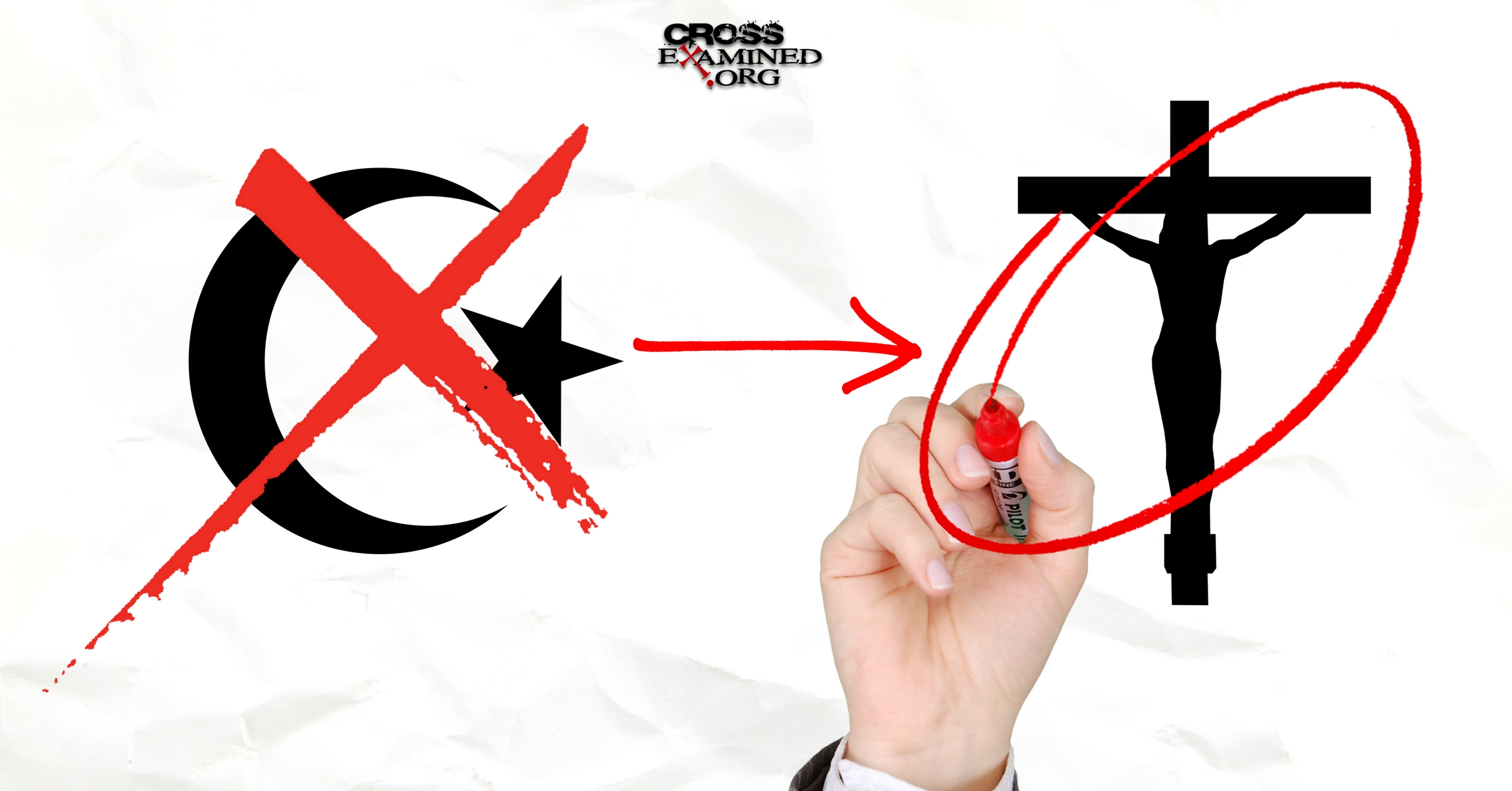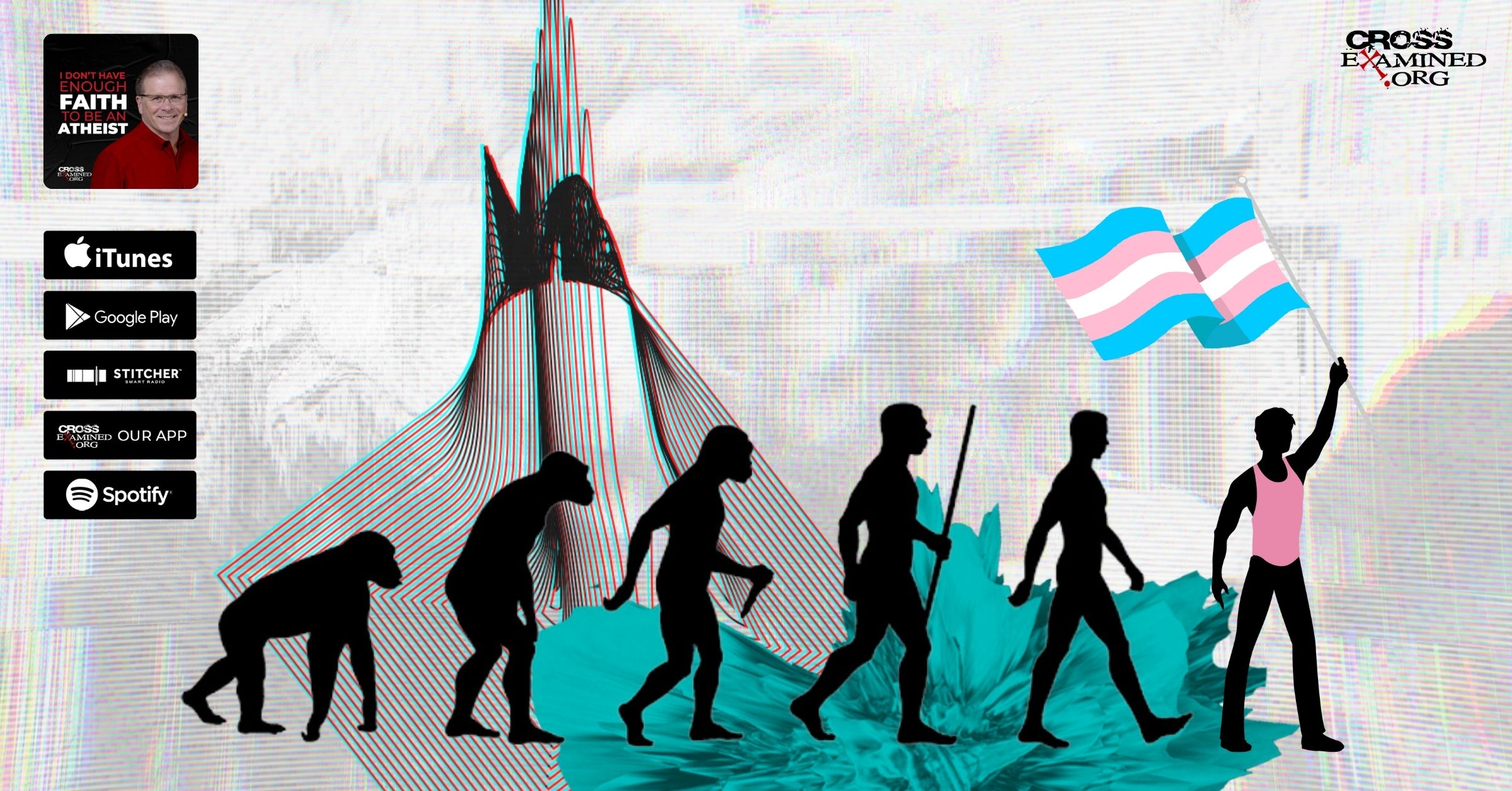4 New Arguments for the Resurrection of Jesus
For nearly ten years, I have been honored to bring you reasons for believing in the resurrection of Jesus. I now find myself at the end of a terminal degree in theological and apologetic studies.[1] For some, advanced education tends to cause one to doubt one’s position over time. However, that has not been the case for me and the resurrection of Jesus. Over the last few years, I have found five new compelling reasons for believing that the resurrection of Jesus was a legitimate historical event. These five arguments may or may not be new to the reader, but they became new to me through my research and are newer than some of the previous arguments given about the resurrection in previous articles. Without further ado, consider the following five new arguments for the resurrection of Jesus.
Unexpected Nature of the Resurrection
The first argument is one of the best pieces of evidence for the resurrection that I had never before considered. That is, no one in Jesus’s day expected the Messiah to rise from the dead. In Matthew’s Gospel, the Jewish leaders argue that the disciples stole the body of Jesus (Matt. 28:11–15). Of all the alternate theories of the resurrection, this is by far the most compelling. Regardless of whether one holds that the disciples stole the body of Jesus, invented the story, or feigned Jesus’s death, there is one aspect that skeptics fail to consider. No one in the first century anticipated the imminent resurrection of Jesus. This is evident in Jesus’s encounter with Martha at Lazarus’s tomb. Recall that when Jesus asked Mary if she believed that Lazarus would rise from the dead, she said, “I know that he will rise again in the resurrection at the last day” (Jn. 11:24). Martha’s response represented the typical position of the Pharisees and the Essenes. Josephus notes that the vast majority of the population in first-century Israel were Pharisees.[2]
N.T. Wright provides two reasons why the resurrection was unexpected in the first century. On the one hand, believers living in the times of Second Temple Judaism anticipated that the resurrection would bring about the “restoration of Israel … [and] the newly embodied life of all YHWH’s people.”[3] On the other hand, no one in the period connected the Messiah with resurrection.[4] The concept of the Messiah resurrecting on the third day, though it may be reflected in the OT texts to a degree, was not in any way expected by believers at this time. Thus, the lack of anticipation for a resurrection delivers a fatal blow to any theory that projects the early Christians as being those who staged such an experience. Why stage something that they did not believe would happen in the first place?
Multiple Independent Sources
When it comes to any event of history, it is important for one to possess multiple source attestation. The more eyes one has on an event, the more accurate the truth can be preserved. When it comes to the resurrection, we have multiple sources pointing to the resurrection of Jesus being a historical event. First, we have the four independent sources found in the Gospels. Matthew, Mark, Luke, and John all provide unique accounts of Jesus’s resurrection appearances. Matthew reports Jesus’s post-resurrection meeting with the disciples in Galilee. Mark reports the women at the tomb and their mysterious encounter with the angels at the tomb. Luke provides multiple accounts that are not preserved in the other Gospels, including the two disciples’ encounter with Jesus on the road to Emmaus (Lk. 24:13–35). John affords multiple stories not included in the other Gospels, including Thomas’s encounter with Jesus (Jn. 20:24–29), Jesus’s encounter with the disciples on the Sea of Galilee, Jesus’s reinstatement of Peter (Jn. 21:15–19), and Peter asking Jesus about John’s ministry (Jn. 21:20–23).
In addition to the Gospels, a fifth source is found in the early creed of 1 Corinthians 15:3–9. The early creed provides additional information concerning the resurrection appearances of Jesus. It tells of Peter’s meeting with the risen Jesus (1 Cor. 15:5), the meeting between Jesus and James (1 Cor. 15:7), and his appearance to over 500 (1 Cor. 15:6). A sixth source is found in the sermon summaries of Peter in the book of Acts (Acts 2:14–41 and 3:12–26). A seventh source is found in the sermon summary of Stephen (especially in Acts 7:52 and 7:59–60). Finally, an eighth source is found in the sermon summaries of Paul. In the first sermon summary of Paul, he even speaks of Jesus’s empty tomb (Acts 13:29). Max Wilcox has convincingly found numerous Semitisms within the sermon summaries in Acts 1–15 that are largely not found in the remainder of the book.[5] Thus, the sermons of these chapters stem from earlier summaries that predate the composition of the book of Acts. Since a good estimate of the dating of Acts is the mid-60s, then it can be said that these summaries are much earlier. The fact that they speak of the resurrection of Jesus provides one more reason to adopt it as a genuine event of history.
Extremely Early Testimony
The study into the early creeds of the NT is gaining steam. Though he may claim otherwise, NT scholar and self-professed atheist-leaning-agnostic Bart Ehrman wrote that Paul received the creeds (e.g., 1 Cor. 15:3–9) while in Jerusalem in AD 35 or 36.[6] He goes on to say that “the traditions [Paul] inherited, of course, were older than that and so must date to just a couple of years or so after Jesus’s death.”[7] Since the early creeds wholeheartedly affirm Jesus’s literal bodily resurrection, then this provides firm evidence that the earliest disciples believed that Jesus had risen from the dead. Paul’s sermon summary also affirmed the belief that the tomb of Jesus was empty, as noted previously. With many, if not the majority, of the early creeds, we are talking about them circulating just a few months to a few years after Jesus’s crucifixion.[8] The creeds found in the Pauline epistles stemmed from the information Paul obtained from his interaction with the Jerusalem Church a couple of years after his conversion (Gal. 1:18). He spent two weeks with Peter and James learning about the teachings and doctrines of Christ. As C. H. Dodd notes, “we may presume they did not spend all the time talking about the weather.”[9] Thus, the proclamation that Jesus had risen from the dead came very early from the place where Jesus had been crucified. The details from the early sermon summaries of Acts and the creeds in Paul’s epistles make for a full and compelling case for the early preaching of the resurrection. When pieced with the first argument, it is difficult to find any other explanation outside of the fact that Jesus literally rose from the dead.
Unique Early Eschatological Christology
Finally, it has been observed that the earliest Christology is the highest Christology.[10] Additionally, early Jesus traditions endorse the idea that Jesus spoke of an eschatological figure who would usher in the kingdom of God. This eschatological figure is known as the Son of Man. The Son of Man arguably constructs the Christological core of Q—a theoretical Gospel that precedes the canonical Gospels.[11] Part of this early tradition includes Jesus’s comment that as “Jonah was in the belly of the huge fish three days and three nights, so the Son of Man will be in the heart of the earth three days and three nights” (Matt. 12:40).[12] The Son of Man figure is almost exclusively found in the teachings of Jesus. Thus, this was a unique teaching of Jesus. Not only does the Son of Man figure connect with Jesus being God’s regent who brings God’s kingdom to earth, but it also speaks of his glorification which relates to his resurrection. Therefore, early Jesus preaching of the resurrection was remembered and preserved by the early disciples because of Jesus’s literal fulfillment of this unique and unexpected promise.
Conclusion
Some of these arguments may be new to you and some may not. Some of these aspects will be further fleshed out in my pending dissertation. Nonetheless, the unique and unexpected nature of the resurrection, the early preaching of the resurrection, multiple sources, and Jesus’s early eschatological identification with the resurrection all speak strongly to the probability that Jesus literally rose from the dead on the first Easter Sunday. My hope is that these arguments for the resurrection of Jesus, in addition to the classic arguments, strengthen your faith and offer you hope that there is a life beyond this mere mortal existence.
Recommended resources related to the topic:
Early Evidence for the Resurrection by Dr. Gary Habermas (DVD), (Mp3) and (Mp4)
Jesus, You and the Essentials of Christianity by Frank Turek (INSTRUCTOR Study Guide), (STUDENT Study Guide), and (DVD)
Notes
[1] That is, providing I successfully defend my dissertation.
[2] Josephus contends that the Pharisees were so loved, and the Sadducees were so despised that the Sadducees would adopt certain notions from the Pharisees to find favor with the populace. Josephus, Antiq. 18.15–17.
[3] N. T. Wright, Resurrection of the Son of God (Minneapolis, MN: Fortress, 2003), 205.
[4] Ibid.
[5] Max Wilcox, The Semitisms of Acts (Oxford, UK: Clarendon, 1965), 171.
[6] Bart D. Ehrman, Did Jesus Exist? The Historical Argument for Jesus of Nazareth (New York, NY: HarperOne, 2012), 131.
[7] Ibid.
[8] Richard Bauckham, Jesus and the Eyewitnesses: The Gospels as Eyewitness Testimony, 2nd ed (Grand Rapids, MI: Eerdmans, 2017), 266.
[9] C. H. Dodd, The Apostolic Preaching and Its Developments, 2nd ed (London, UK: Hodder and Stoughton, 1944), 16.
[10] Richard Bauckham, Jesus and the God of Israel: God Crucified and Other Studies on the New Testament’s Christology of Divine Identity (Grand Rapids, MI: Eerdmans, 2009), x, 235.
[11] For a full discussion of the issues concerning this topic, see John S. Kloppenborg Verbin, Excavating Q: The History and Setting of the Sayings Gospel (Minneapolis, MN: Fortress, 2000), 388–395.
[12] Unless otherwise noted, all quoted Scriptures come from the Christian Standard Bible (Nashville, TN: Holman, 2020).
_____________________________________________________________________________________________________________________________________________________
Brian G. Chilton is the founder of BellatorChristi.com and is the host of The Bellator Christi Podcast. He received his Master of Divinity in Theology from Liberty University (with high distinction); his Bachelor of Science in Religious Studies and Philosophy from Gardner-Webb University (with honors); and received certification in Christian Apologetics from Biola University. Brian is currently enrolled in the Ph.D. program in Theology and Apologetics at Liberty University. Brian has been in the ministry for over 15 years and serves as a pastor in northwestern North Carolina.
Original blog: https://bit.ly/3Mwb6bS











